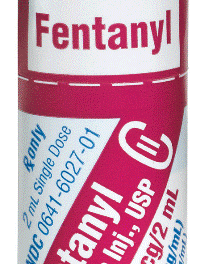Death of a Drug Kingpin
Ralph S. Larsen, longtime CEO of Johnson & Johnson —the leading corporate foe of cannabis— has died at the age of 77. Larsen was one of those teflon-coated American successes whose careers roll merrily on after they are caught committing crimes. This is from Larsen’s obit by Alexandra Stephenson in the New York Times:
…Mr. Larsen became chairman and chief executive in 1989, succeeding James E. Burke, who had overseen a vast expansion of the company. Mr. Larsen kept the momentum going. In 13 years at the helm, he expanded Johnson & Johnson’s offerings in consumer products, drugs and medical devices through the acquisitions of Neutrogena, Kodak’s clinical diagnostics business, Cordis and Centocor.
He also expanded the company’s footprint to include Russia and Eastern Europe. During his tenure as chairman, Johnson & Johnson’s market value rose to $182 billion from $14 billion.
…In 1979, Mr. Larsen was part of a team that helped turn the painkiller Tylenol into a blockbuster drug. At the time, it was being promoted only to doctors, and its annual sales were $70 million. A decade later, sales had reached $500 million.
…In 1998, dozens of federal agents raided the headquarters of Johnson & Johnson’s LifeScan unit after it failed to notify the Food and Drug Administration of a software glitch in a diabetes diagnostic device that it made.
LifeScan pleaded guilty to criminal charges in 2000 and agreed to pay $60 million in fines for selling defective monitoring devices. The company said that while no one at LifeScan had intentionally engaged in wrongdoing, the device was deficient. Johnson & Johnson said that it had not properly notified the government and that it had been slow to fix the problem.
“Mistakes and misjudgments were made,” Mr. Larsen wrote in a statement of apology at the time.
He retired in 2002. He served on the board of directors at Xerox, the Robert Wood Johnson Foundation, AT&T, AT&T Wireless and General Electric.
After California voters stunned the Drug Warriors in November 1996 by legalizing marijuana for medical use, there was an emergency meeting of government and NGO officials in Washington DC to plan the containment effort. The rep from the Robert Wood Johnson Foundation offered to pay for this undemocratic campaign! Journalist Patrick McCartney, using the Freedom of Information Act, found the smoking gun and broke the story in O’Shaughnessy’s.




